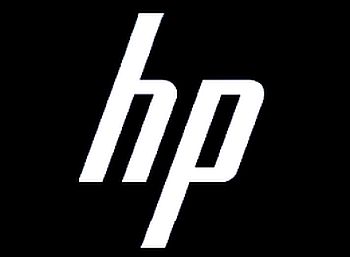

Hewlett-Packard has announced a software platform for its Smart Zero Client thin clients, which is designed to improve their network performance.
HP officials announced the company’s Velocity software 27 June, the same day they rolled out their latest thin client, the t410 Smart Zero Client. The new thin client is powered by an ARM processor and can support all three top virtualisation platforms, according to the company.
The Velocity quality-of-service software solution and the versatile t410 Smart Zero Client comes as bandwidth on corporate networks becomes a larger concern, more employees work out of the main office and virtualisation use continues to grow in the enterprise.
Trends such as bring-your-own-device (BYOD) and a more mobile workforce are putting more demands on networks. HP officials said the Velocity software solution is designed to optimise thin-client network performance and the experience for the end users, not only for those networks within the enterprise but also for employees using mobile devices on network connections that aren’t optimised.
Using Velocity, IT administrators can instantly capture information in a log file, determine what’s negatively impacting the network or causing latency problems, and correct those issues.
The Velocity software will be preinstalled on HP thin clients, including the HP t410, HP t510 and HP t610.
The t410 Smart Zero Client is designed to offer users greater flexibility and a full PC experience, including in virtualized and cloud environments. Through Digital Signal Processor Acceleration and ARM Neon extensions, the t410 can support the virtualisation protocols from Microsoft, Citrix Systems and VMware, according to HP. The system’s thin-client installation wizard will automatically search for the appropriate cloud desktop environment from among the three virtualisation vendors and create a secure connection.
The thin client is powered by Texas Instruments’ ARM-based TMS320DM8148 and includes 1GB double data rate type 3 (DDR3) synchronous dynamic RAM (SDRAM), 2GB embedded multimedia cards (eMMC) flash memory and support for dual displays up to 1,920 by 1,080 pixels.
ARM-designed low-power chips dominate the mobile device market, including smartphones and tablets. ARM and its manufacturing partners also are looking to move them up the ladder into PCs and other such systems. The energy-efficiency capabilities that the chips bring to such systems as the t410 thin client – as well as the reliability and zero-management features of the system itself – are ideal for such areas as call centres, health care, government and hospitality, according to Jeff Groudan, director of marketing for thin clients at HP.
“The t410 Smart Zero Client enables customers to cost effectively offer workers the same computing experience as a full PC environment without requiring on-device management,” Jeff Groudan, director of marketing for thin clients at HP, said in a statement.
The t410 Smart Zero Client is scheduled to start shipping in August, starting at $269 (£172).
Are you a virtualisation guru? Try our cloud quiz!
In world-first, China approves commercial flights for EHang autonomous passenger drone, paving way for imminent…
Microsoft closes down IoT and AI lab it operated in Shanghai tech district in latest…
Elon Musk sells social media platform X to his AI start-up xAI in a move…
TikTok opens e-commerce shopping in Germany, France, Italy as US future remains uncertain over divest-or-ban…
Discover expert insights on overcoming digital transformation challenges. Learn how to manage change, balance innovation,…
Microsoft drops data centre projects amounting to 2 gigawatts of power consumption as investors question…
View Comments
Is it a Zero Client or a Thin Client ? I am not sure HP know the difference :-)